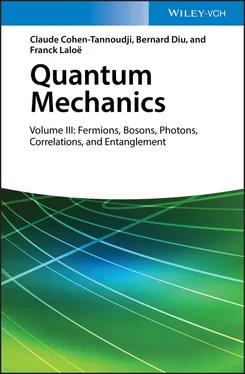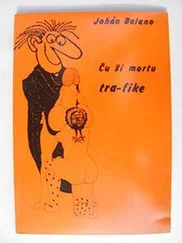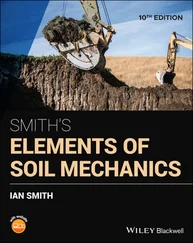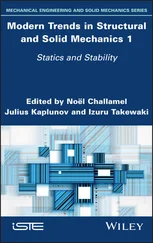We must however keep in mind that all these calculations derive from the mean field approximation, in which we replaced the exact equilibrium density operator by an operator of the form (32). In many cases this approximation is good, even excellent, as is the case, in particular, for a long-range interaction potential: each particle will interact with several others, therefore enhancing the averaging effect of the interaction potential. It remains, however, an approximation: if, for example, the particles interact via a “hard core” potential (infinite potential when the mutual distance becomes less than a certain microscopic distance), the particles, in the real world, can never be found at a distance from each other smaller than the hard core diameter; now this impossibility is not taken into account in (32). Consequently, there is no guarantee of the quality of a mean field approximation in all situations, and there are cases for which it is not sufficient.
1 1 They are not simply the juxtaposition of that complement’s equations: one could imagine writing those equations independently for each energy level, and then performing a thermal average. We are going to see (for example in § 2-d-β) that the determination of each level’s position already implies thermal averages, meaning that the levels are coupled.
2 2 Contrary to what is usually the case for a density operator, the trace of this reduced operator is not equal to 1, but to the average particle number — see relation (44). This different normalization is often more useful when studying systems composed of a large number of particles.
3 3 We have changed the notation and of Chapter XVinto and to avoid any confusion with the distribution functions fβ.
4 4 For fermions, and when the temperature approaches zero, the distribution function included in the definition of ρI(1) becomes a step function and ρI(1) does indeed coincide with PN(1).
5 5 The definition of partial traces is given in § 5-b of Complement EIII. The left hand side of (71)can be written as Σi, j 〈1 1: θi; 2: θj〉 dρI(1)O(1, 2) |1 : θi; 2 : θj〉. We then insert, after dρj(1), a closure relation on the kets |1 :θk;2 : θk′), with k′ = j since dρI(1) does not act on particle 2. This yields: Σi, k 〈1 :θi| dρI (1)|1: θk〉 Σj 〈1 : θk; 2: θj|O(1, 2)|1 : θi; 2: θj〉, where the sum over j is the definition of the matrix element between 〈1 : θk| and |1 : θi〉 of the partial trace over particle 2 of the operator O(1,2). We then get the right-hand side of (71).
6 6 This was expected, since this choice does not lead to any variation of the trial density operator.
Конец ознакомительного фрагмента.
Текст предоставлен ООО «ЛитРес».
Прочитайте эту книгу целиком, на ЛитРес.
Безопасно оплатить книгу можно банковской картой Visa, MasterCard, Maestro, со счета мобильного телефона, с платежного терминала, в салоне МТС или Связной, через PayPal, WebMoney, Яндекс.Деньги, QIWI Кошелек, бонусными картами или другим удобным Вам способом.












